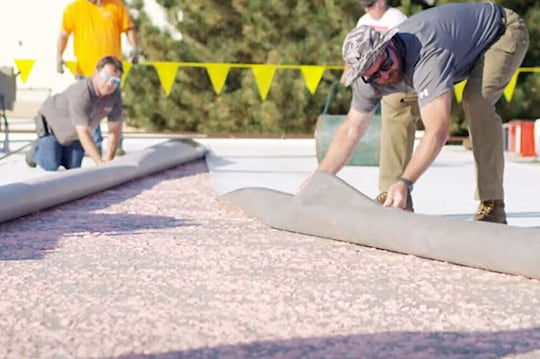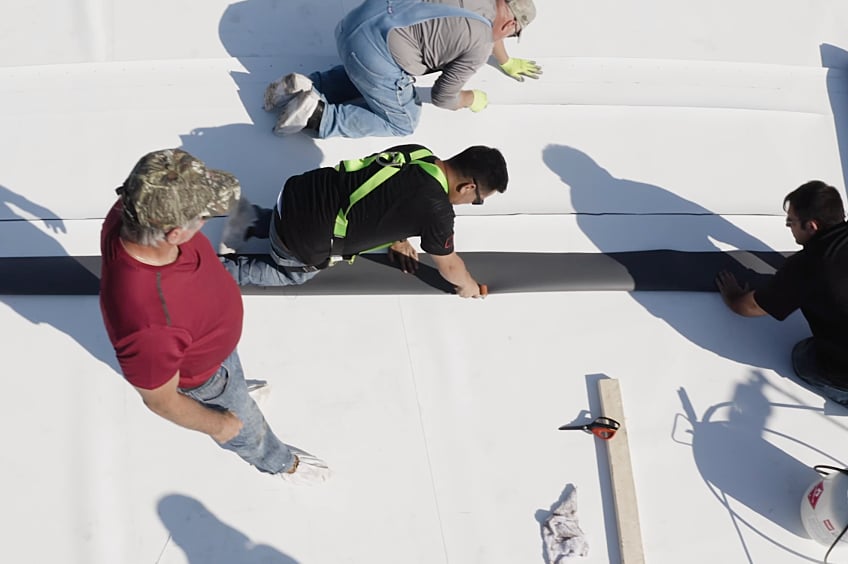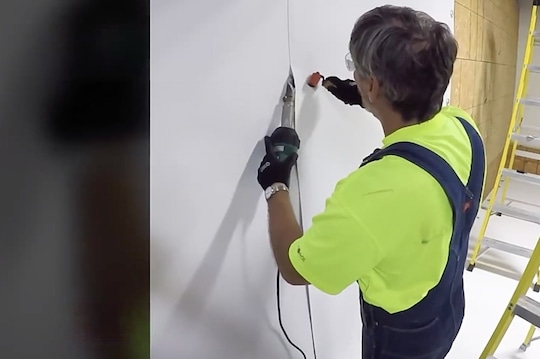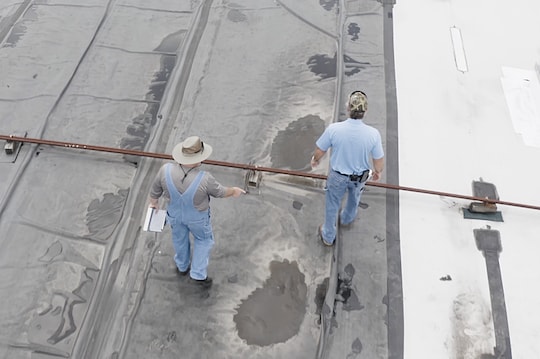
From seam direction to welding robot heat calibration to countering wind resistance, proper TPO installation is an art and a science. Watch GAF Senior Commercial Training Specialists Dave Scott and Wally Brown (Dave & Wally) as they install a TPO membrane in Part 8 of the Roofing it Right miniseries on installing a commercial roof, from start to finish.
Watch the full Roof Installation Miniseries.



